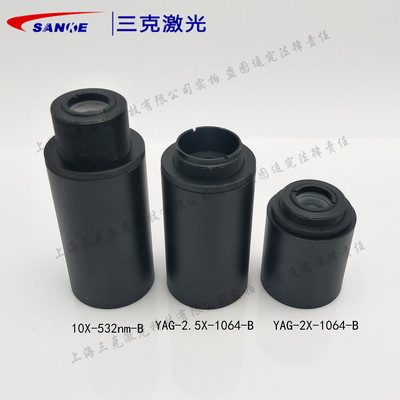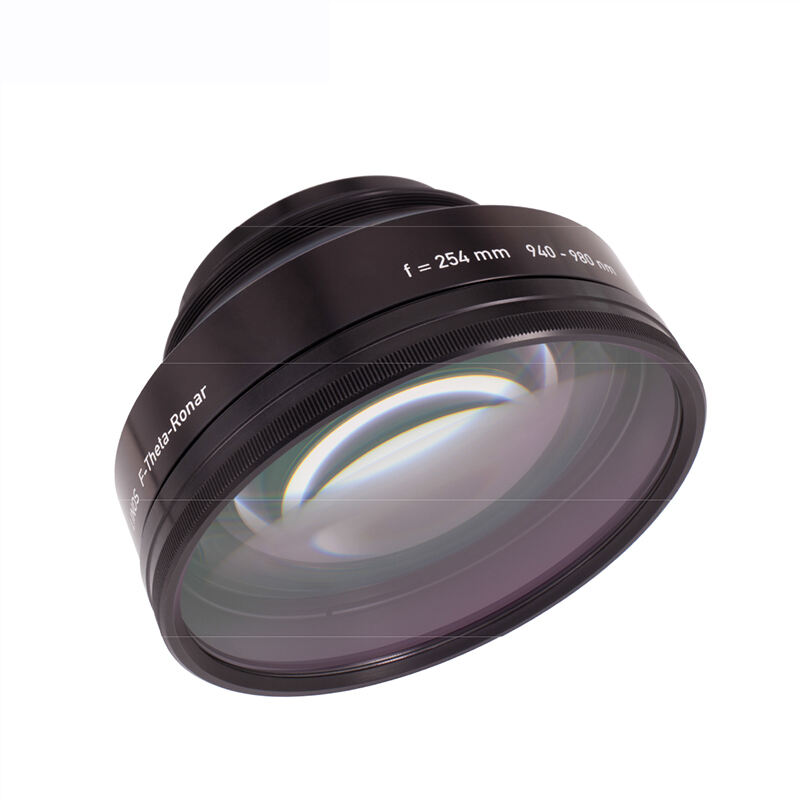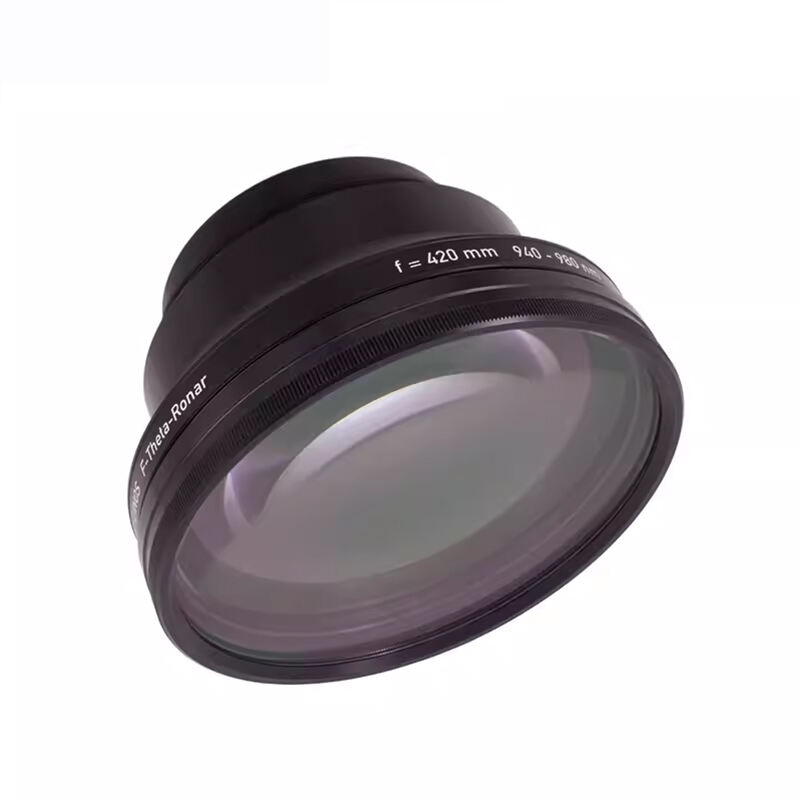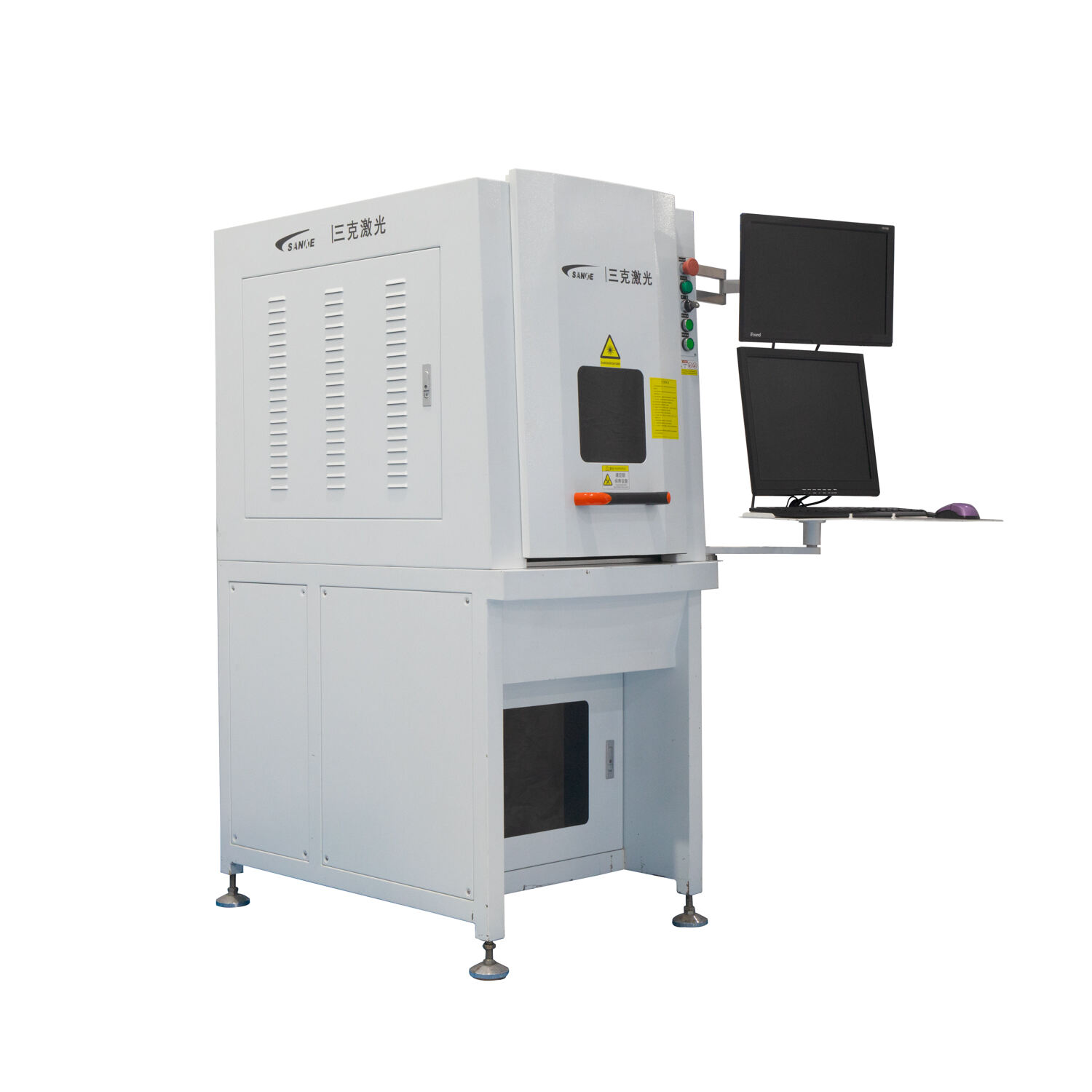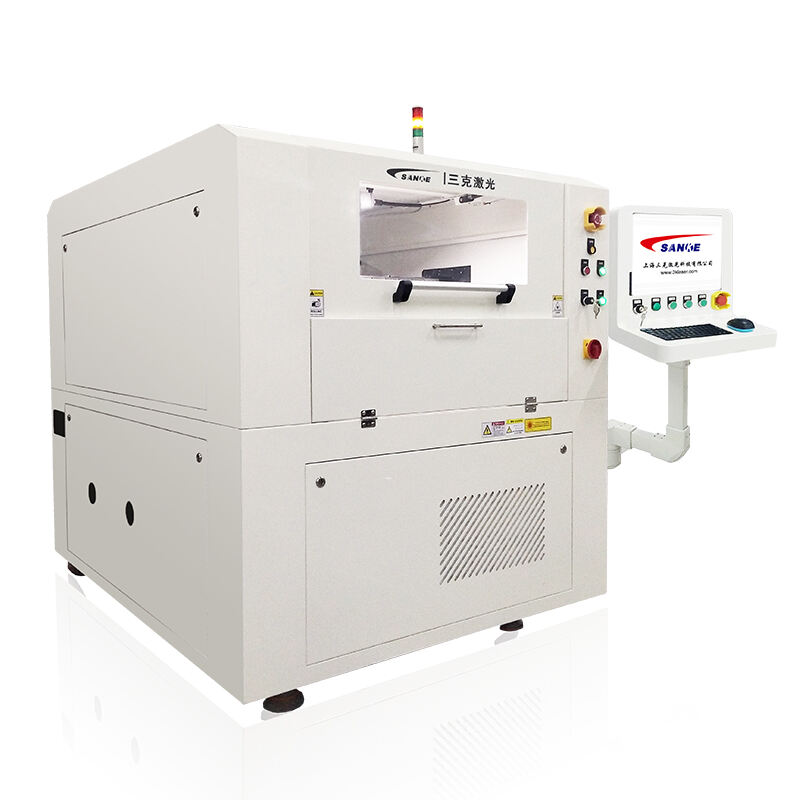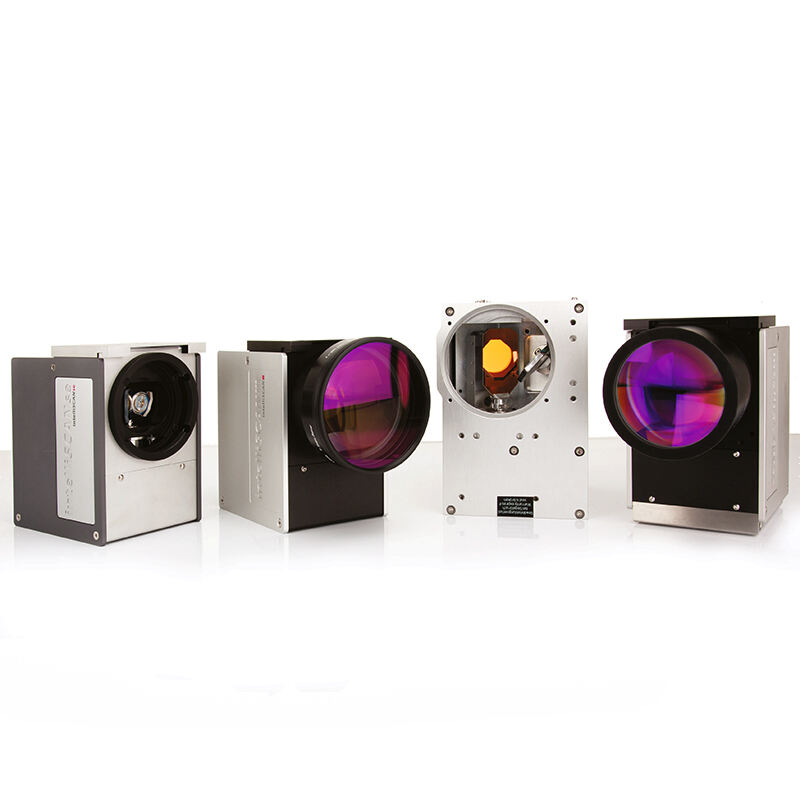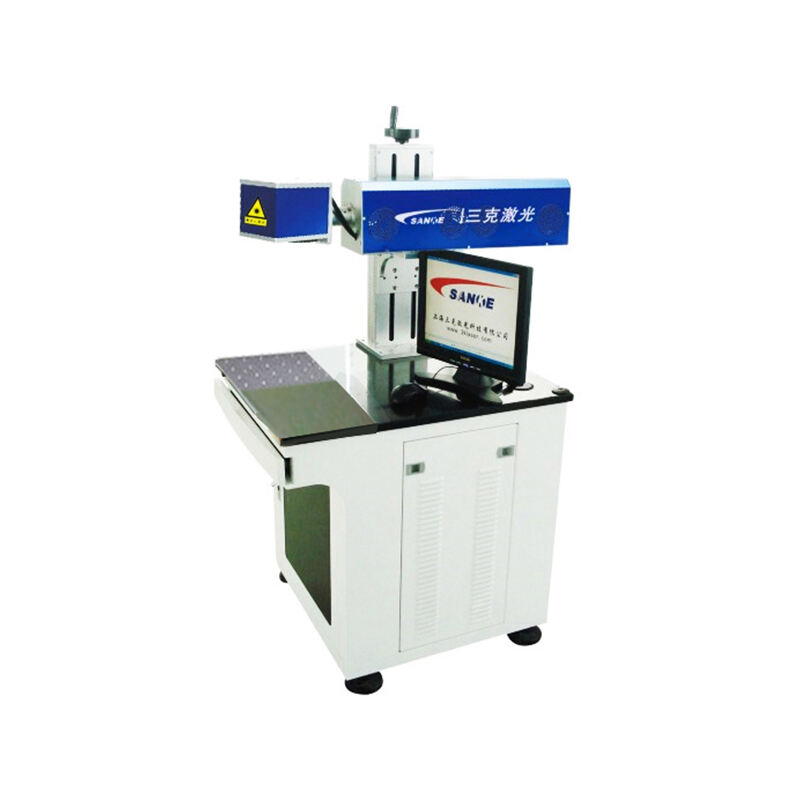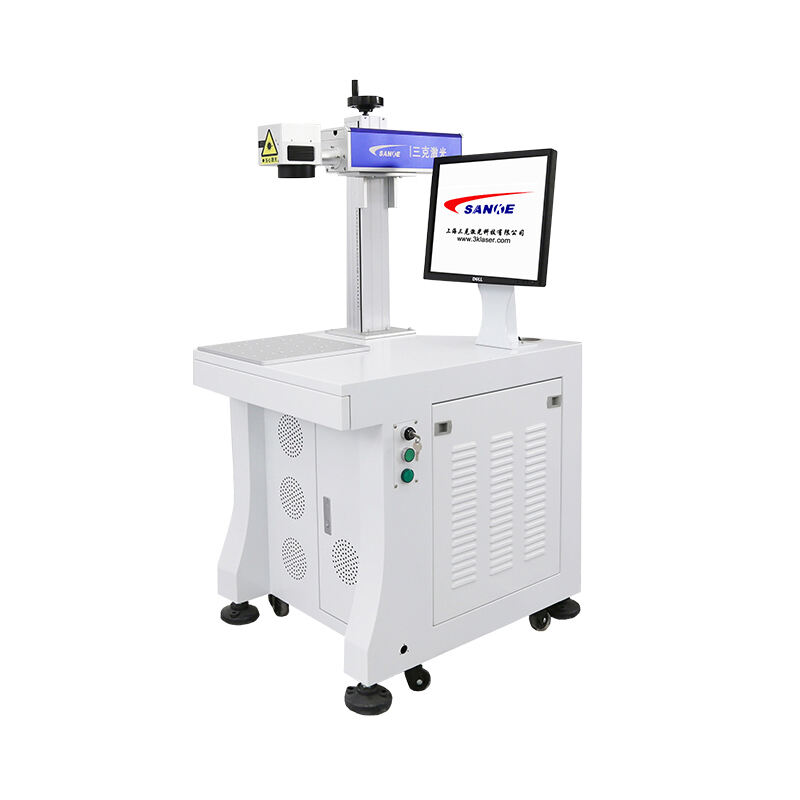آلة وسم الليزر بالألياف بقوة 20 واط
تمثل آلة وسم الليزر الليفي 20 واط حلاً متطورًا للتطبيقات الدائمة في مجالات صناعية متنوعة. تستخدم هذه المعدات المتقدمة تقنية الليزر الليفي عالية الأداء لتوفير علامات دقيقة ودائمة على مواد مختلفة تشمل المعادن، والبلاستيك، والسيراميك، والمركبات. تعمل آلة وسم الليزر الليفي 20 واط من خلال نظام توصيل شعاع متطور يحوّل الطاقة الكهربائية إلى ضوء ليزر مركز، مما يمكن المشغلين من إنشاء نصوص، وشعارات، وأكواد باركود، وأرقام تسلسلية، ورسومات معقدة بوضوح استثنائي. وتتميز الآلة بنظام تحكم مدمج يدير معايير الليزر مثل تردد النبض، وسرعة الوسم، وقوة الإخراج لتحقيق أفضل النتائج لمختلف المواد والتطبيقات. وتشمل الميزات التقنية الرئيسية مصدر ليزر ليفي خالٍ من الصيانة وذو عمر تشغيلي طويل، وتصميم مكتبي مدمج لتوفير المساحة، وواجهة برنامج سهلة الاستخدام تدعم تنسيقات ملفات متعددة. وعادة ما يتراوح مجال الوسم بين 110 مم × 110 مم وما فوق حسب متطلبات النموذج المحدد. وتضمن العدسات المتقدمة لتشكيل الشعاع جودة وسم متسقة عبر السطح العامل بالكامل مع تقليل المناطق المتأثرة بالحرارة. وتحتوي آلة وسم الليزر الليفي 20 واط على ميزات أمان تشمل أغلفة واقية، ووظائف إيقاف الطوارئ، وقفل أمان الليزر المتوافقة مع المعايير الدولية. كما تتيح قابليتها للتكيف مع البيئة التشغيل في الظروف الصناعية القياسية باحتياجات تهوية ضئيلة. ويدعم النظام مرفقات دوارة وحزام ناقل للإنتاج الآلي، مما يجعله مناسبًا للبيئات التصنيعية ذات الحجم الكبير. وتتيح إمكانات المراقبة الفورية للمشغلين الحصول على تغذية راجعة فورية حول جودة الوسم وأداء النظام. وتُسجّل آلة وسم الليزر الليفي 20 واط سرعات وسم تصل إلى 7000 مم في الدقيقة مع الحفاظ على دقة تبلغ مستوى الميكرون، مما يجعلها مثالية للتطبيقات التي تتطلب السرعة والدقة في عمليات التصنيع الحديثة.
 EN
EN
 AR
AR
 FR
FR
 DE
DE
 JA
JA
 KO
KO
 RU
RU
 ES
ES


